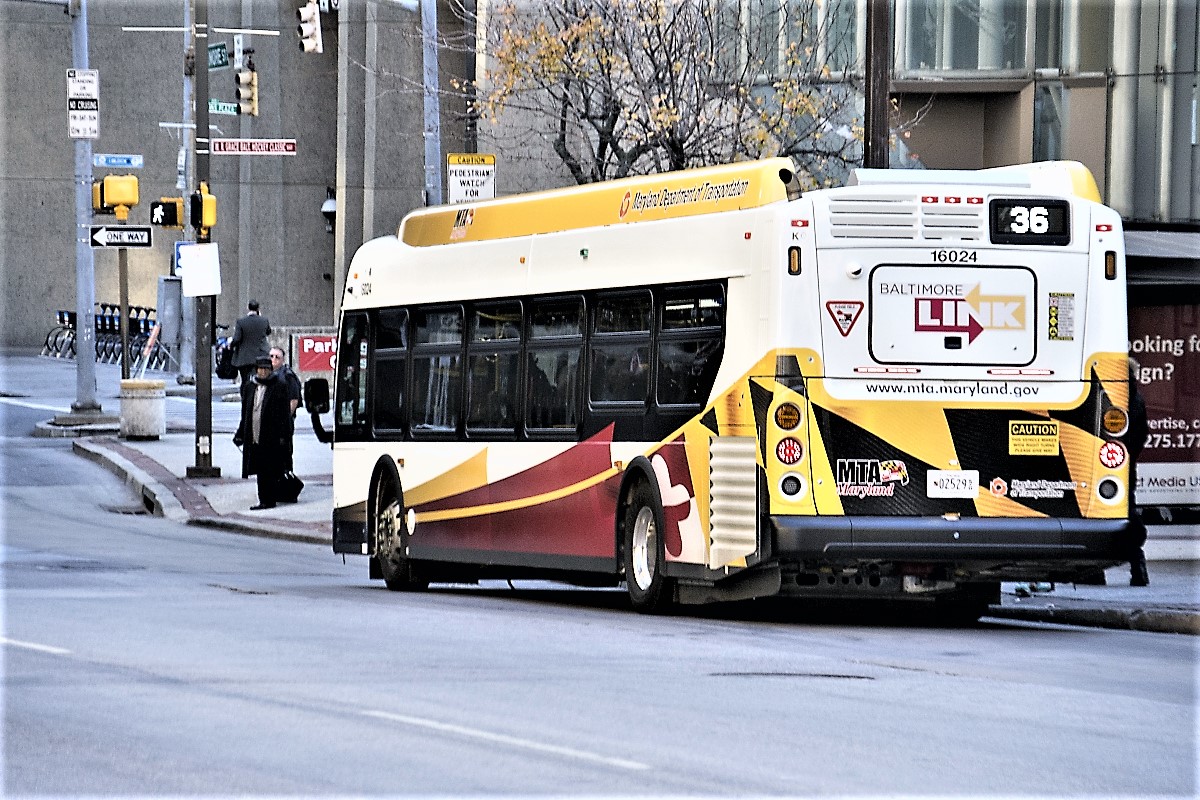Every day, our transit system is helping move essential workers who are keeping our healthcare system and vital services functioning. The COVID-19 crisis has also exposed many challenges in our system. Right now we have a chance to shape the future of transit in our region. The Central Maryland Transit Plan is the first comprehensive guide in decades that outlines how we can improve public transit in Baltimore City, and Baltimore, Howard, Anne Arundel, and Harford Counties over the next 25 years. The planning process underway provides a valuable opportunity to make significant improvements to the public transit system that serves 170,000 workers and provides over 374,000 trips a day (in 2019).
We must seize the opportunity the plan gives us to provide people better connections to jobs, medical care, and other essential destinations while giving a much-needed boost to the economy by creating jobs. Every $1 billion invested in transit supports and creates over 50,000 jobs. We must also seize the opportunity to cut harmful pollution that exacerbates climate change and respiratory diseases like COVID-19. While the plan is off to a decent start, it must set a higher bar to improve access and reliability, protect our environment, and ensure more equity in our transportation system.
A summary of the draft plan relased by the Maryland Transit Administration can be found here.
 Photo: KSweeley, Wikimedia Commons
Photo: KSweeley, Wikimedia Commons
Below are 5 ways the plan could be improved:
-
Improve access to frequent transit connected to employment centers in marginalized communities. Everyone deserves to be able to travel to the places where they can live, work, and play. Communities of color have disproportionately less access to reach critical destinations each day in a timely manner due to redlining and structural racism. The neighborhoods in Baltimore with the highest percentage of people traveling more than 45 minutes to get to work and also taking transit are predominately black communities. The plan should provide strategies and targets that substantially increase access to frequent transit service in communities of color and other marginalized communities that connect to employement centers.
-
All electric buses by 2035. We need to move around in ways that keep us and our planet healthy. Most of our buses run on diesel fuel that spews out pollution that makes us sick and exacerbates climate disruption. The plan should include a target and strategies to electrify the transit fleet by 2035. Each zero-emission bus reduces pollution as much as taking 27 cars off the road. This goal is achievable, needed to protect public health, and consistent with the goals of comparable jurisdictions. New York City is transitioning 100% of their fleet to electric by 2040.
-
Provide faster service to reduce people’s commute times. If people are spending less time traveling each day, they can spend more time with their loved ones. If people can get from point A to B faster on public transit, they will use it more. Currently, people can reach less than 1 in 10 jobs in the Greater Baltimore region in less than 45 minutes on transit. While the draft plan recognizes that faster service is important, it does not offer concrete targets for its objectives. The plan should set targets to substantially reduce peoples’ commute times.
-
Provide concrete strategies to pay for the plan. Investing in public transit benefits communities across the region. If we want to see the benefits in the plan, we need to fund them. The plan should develop concrete strategies for identifying funding and leveraging funding to meet the needs of the plan, with an emphasis on funding strategies in the next 5 years.
-
The plan should have consistent short and long-term improvements in transit. We need to improve people’s experience on transit today and in the future. The plan should provide 5-year and 25-year targets for each objective: provide faster, more reliable service; grow ridership; increase access to jobs and opportunities; improve customer experience; be equitable; and prepare for the future. The draft plan does not offer consistent metrics, instead using different baselines and target years for different indicators. This needs to be fixed. MTA should provide a baseline of what the current conditions are now so the public can understand how the conditions are being improved and so that improvements can be reliably monitored and measured.
You can submit comments on the draft plan at this link, by email (rtp@mta.maryland.gov) or phone (443-475-0687) by June 18th, 2020.